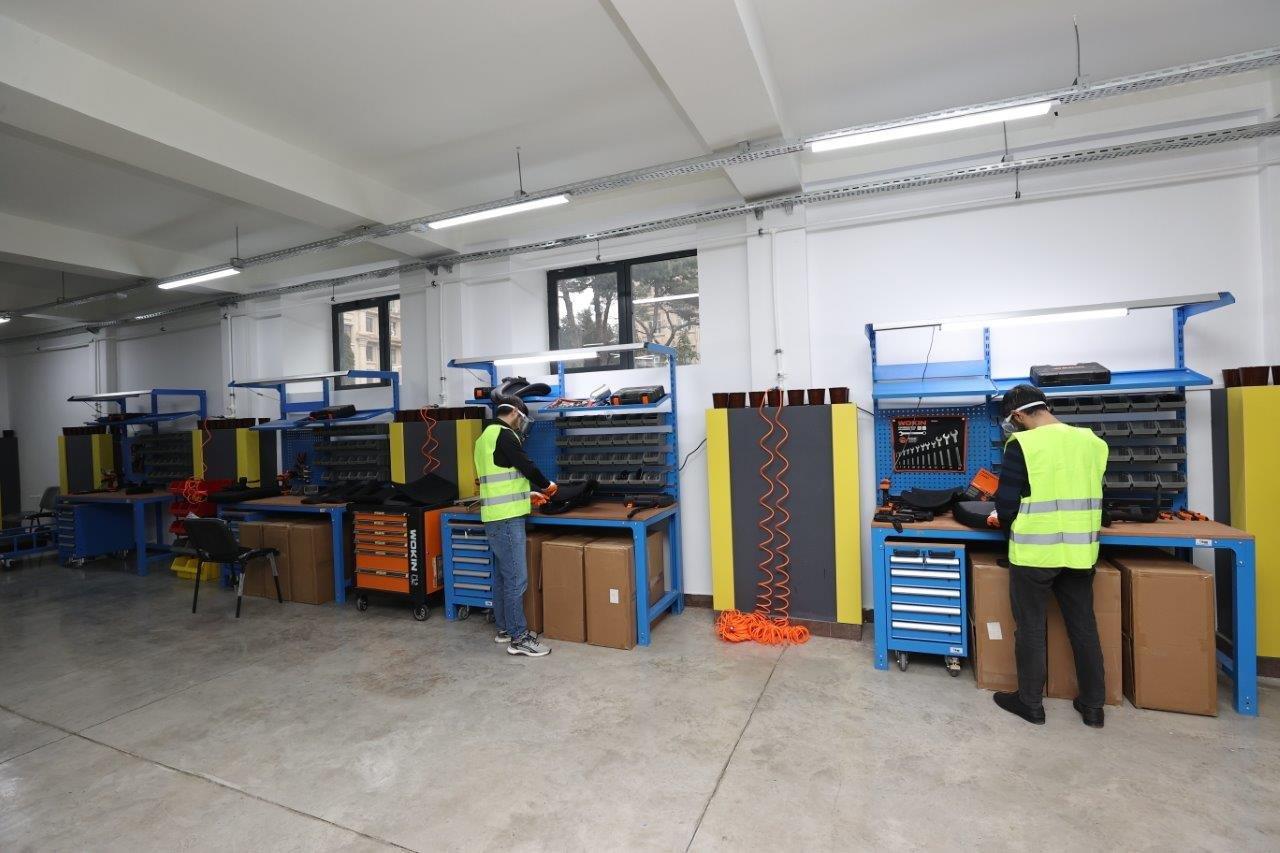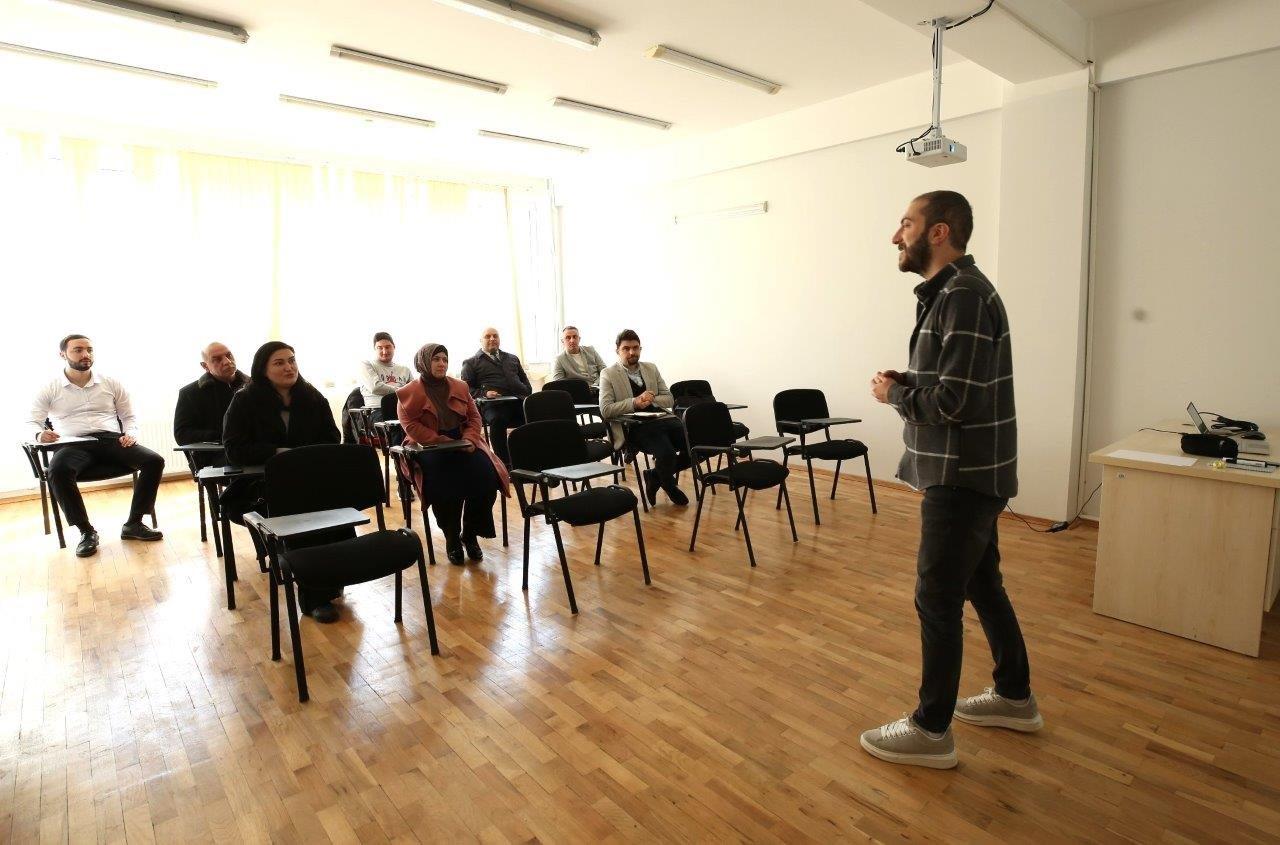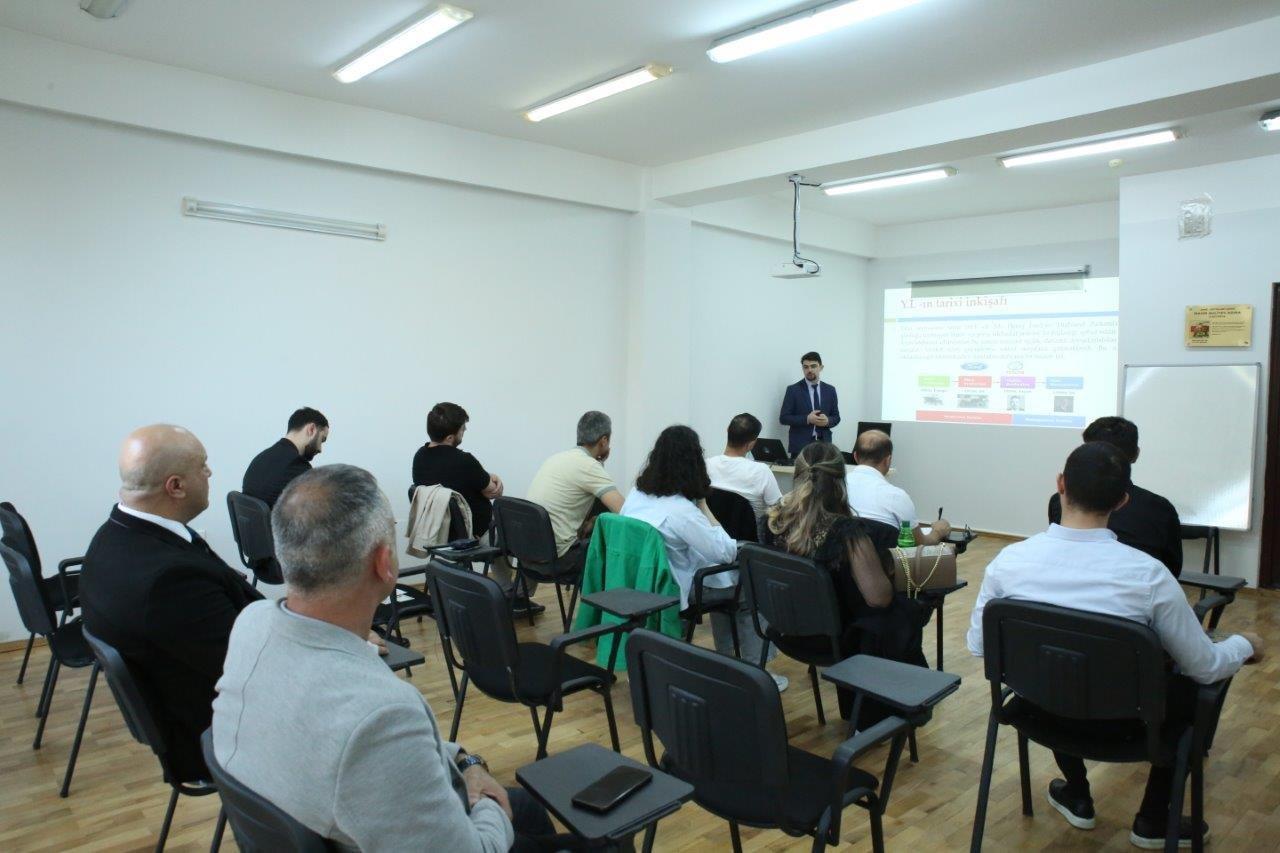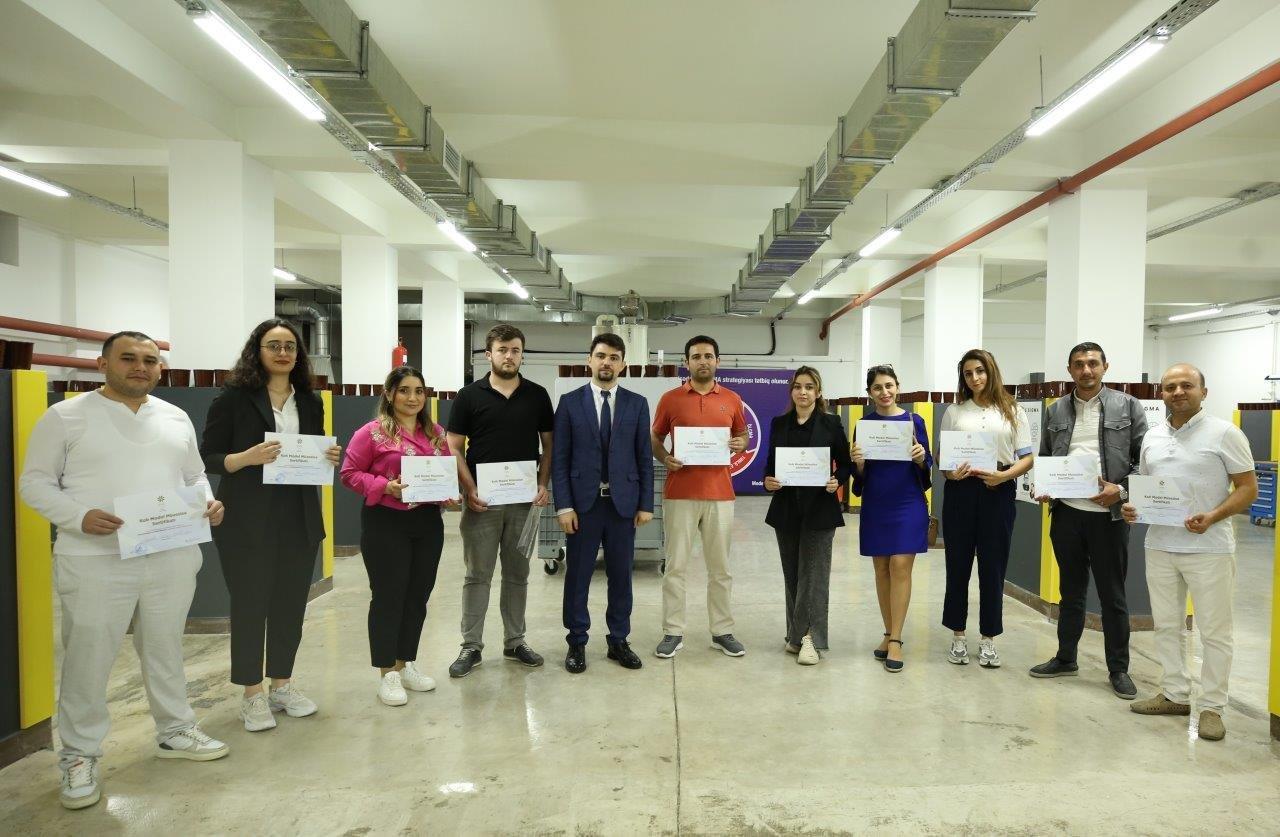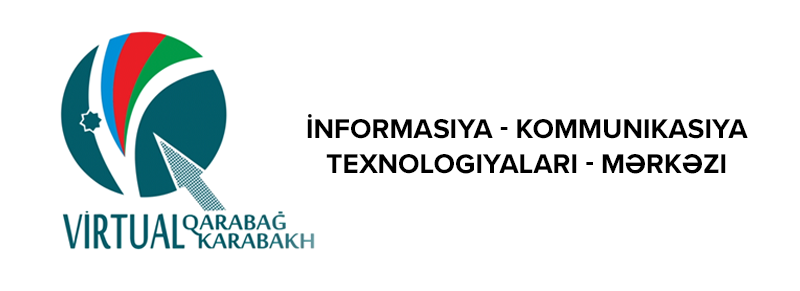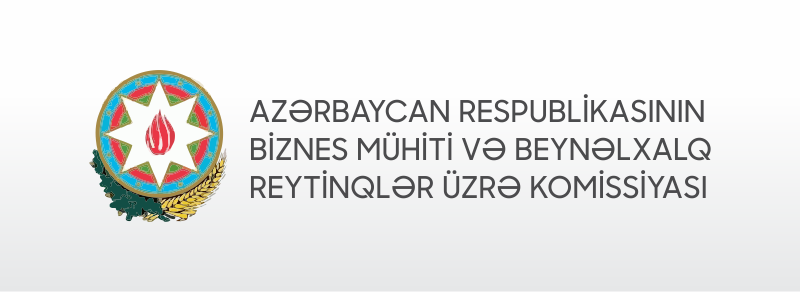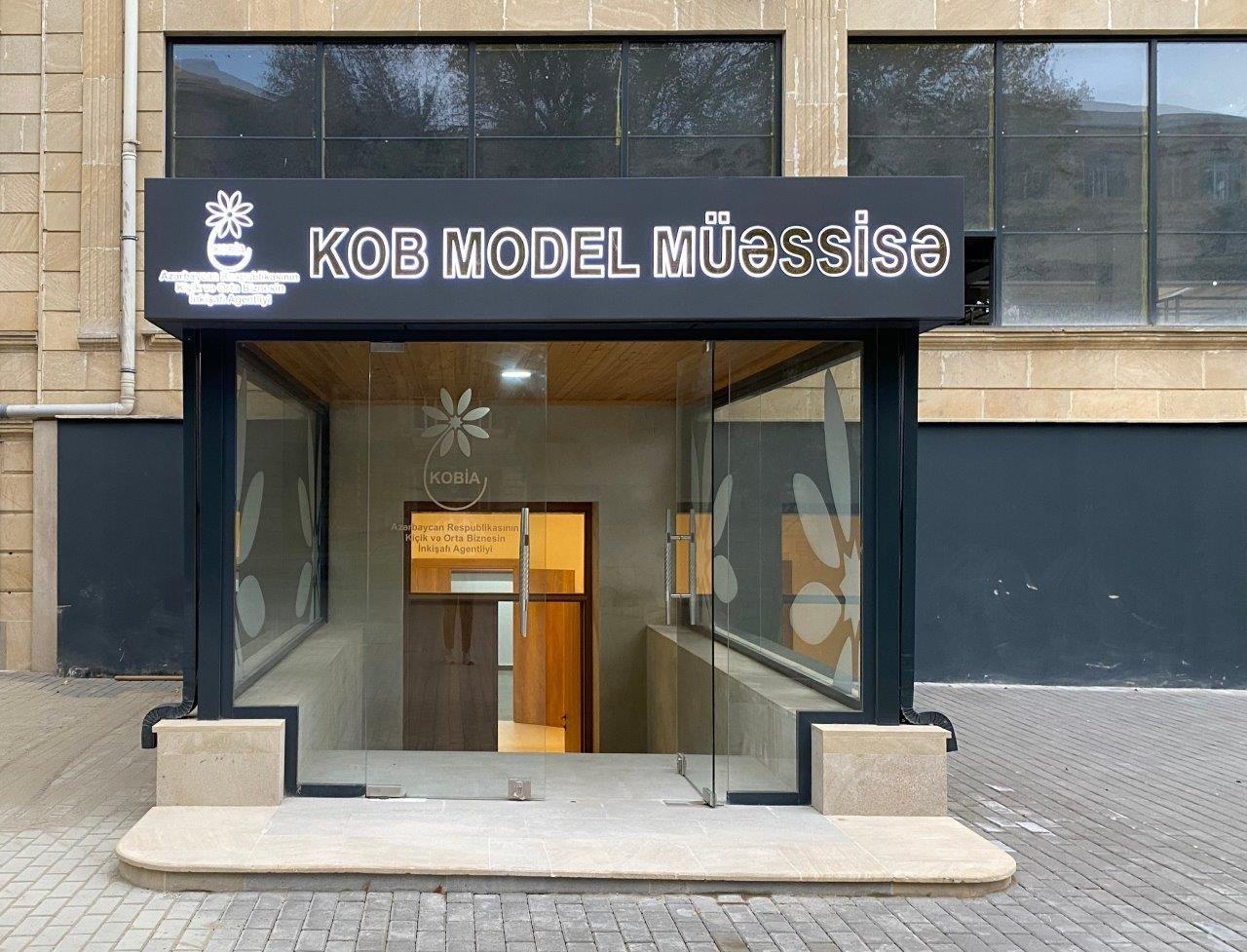
In order to support the development of SMEs engaged in production, in March of this year, the introduction of yet another support mechanism was launched . Head of the Department of the Small and Medium Business Development Agency (KOBIA) Elmaddin Hajiyev addressed questions about the work and advantages of the SME Model Enterprise provided to entrepreneurs at the Azerbaijan Technical University (AzTU).
What is a model enterprise?
A model enterprise is a training and practical center based on effective management methods that will enable small and medium-sized industrial enterprises to be efficient and competitive. The purpose of the model enterprise is not only to promote efficient and economical production at enterprises, but also to expand the process of economical transformation, providing as many small and medium-sized businesses as possible with consulting support in the field of training and project implementation. In this direction, the model enterprise functions as a training and practical center. Using the capabilities of the model enterprise, engineers and technical personnel of SMEs in practice learn saving methods and apply these methods in their companies. This means that the productivity of both employees and the company increases competitiveness.
For the same purpose, the SME Model Enterprise was created, which began its activities at the Azerbaijan Technical University (AzTU) in March this year. At the SME Model Enterprise, created by the Small and Medium Business Development Agency (KOBIA) with a study of international experience, you can observe the real business process from initial planning to the creation of the enterprise. The Model Enterprise, predicated on the Vision, Hearing and Performance concept, is properly equipped, which prompts to test theoretical knowledge in practice, visually see the activities of modern technological equipment, and study varous options to save resources, time and costs in the production process.
How do model enterprises differ from other centers?
The main difference between the model enterprise and other centers formed to increase the efficiency and competitiveness of the model enterprise is that they use training methods based on practical experience. Here, the goal is to constantly acquire knowledge and competencies as a result of combining a theoretical and practical curriculum. Theoretical and practical trainings conducted at model enterprises allow company representatives to apply the knowledge gained in a real working environment.
How do entrepreneurs benefit from training and programs?
The curriculum taught at model enterprises consists of several modules and includes cost-effective production, efficient use of resources and raw materials, proper storage of finished products, optimization of the production process and time, even distribution of labor in the production process, etc. Trained and tested by SME trainers on such strategies and models as "Kaizen," "Six Sigma," "5S," "ΚΡΙ - ΚΑΙ," etc.
At the center, entrepreneurs are trained at Six Sigma. This is a methodological approach and continuous improvement strategy aimed at reducing process volatility and improving the quality of products or services provided by the company. The implementation of this strategy will improve quality, reduce costs and improve customer experience in many companies around the world. proved to be effective in increasing the satisfaction of the population.
Or take the Kaisen system. The essence of this system is to reduce errors in the production sector, eliminate losses, increase productivity, motivate employees to be purposeful and accountable, and introduce innovations.
SME model At the enterprise, through training and practical application at production enterprises, the basis for the culture of lean production is laid by teaching lean production and its tools. Thus, a culture of problem solving is instilled in all employees, losses in the process of forming products and services are eliminated, the offered cost is reduced and the company's profitability is increased. Poka-yoke technology, one of the main means of production, is also one of the methods taught at model enterprises. The use of this method allows you to prevent errors in the enterprise in advance, thereby reducing the number of defective products and increasing customer satisfaction
Company representatives who have successfully completed the training and possess relevant knowledge continue to support the personnel and trainers of the Model Enterprise in the following stages.
Who are the coaches?
Training and consulting services at the modeling enterprise are carried out by a special team involved in this process. However, in the coming period, it is expected to involve into the academic staff of AZTU as well as subject field experts.
Practical classes are held in the training halls of the model enterprise and at the production site. Additional training and consulting services are organized at enterprises.
How many entrepreneurs have taken advantage of the SME Model Enterprise?
Since the beginning of its activity, 20 entrepreneurs or their employees working in the industry have taken advantage of the opportunities of the model enterprise.
What are the expected results of the SME model enterprise?
As we mentioned, the enterprise model involves a process of hands-on learning, unlike other consulting models and theoretical teachings. In accordance with the words of the famous philosopher Confucius: "If you tell me, I will forget, if you teach me, I will remember, if you hire me, I will find out," the model institution also supports an integrated teaching methodology.
Immediately after the completion of the process, representatives of the involved companies applied their takeaways athe their enterprises. They become competent by applying simple production tools or operational efficiency tools in their business under the control of model factory mentors. Based on the principles of practical training, SME Model Enterprise is committed to ensuring that people improve their skills and achievements in the long term, constantly improving their practical training skills.
Are there paid services of the model enterprise?
All services provided by SME Model Enterprise to entrepreneurs, including training, advice, are free of charge. As we mentioned, SME Model Enterprise is created to support entrepreneurs, thus no payments from business entities are required.
Who can take advantage of the opportunities of the SME Model Enterprise and where to turn for this?
Business entities seeking to use the services of a model enterprise should engage in production, acquire and apply modern knowledge in production and production management.
SME Model Entrepreneurs willing to take advantage of the capabilities of the enterprise must contact KOBIA, as well as through the accounts of the modeling enterprise in social networks. Applications submitted to KOBIA are added to the appropriate datebase, and qualifying entrepreneurs are progressively recruited to be trained according to the training program.
In addition to entrepreneurs, students studying in the relevant specialties and teachers teaching these subjects can participate in trainings conducted by the Model Enterprise.
Powered by Froala Editor




